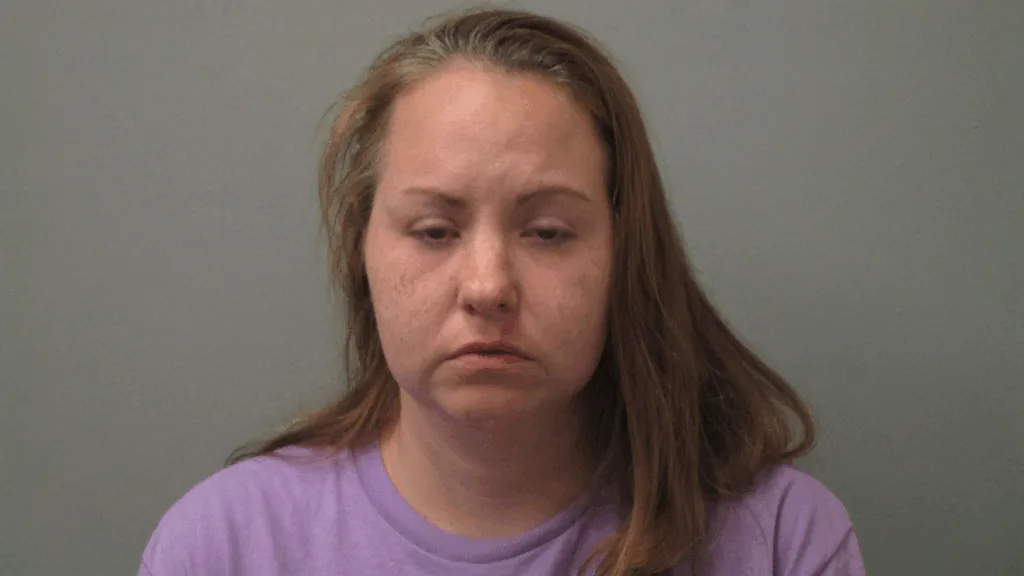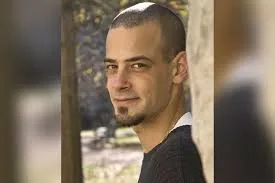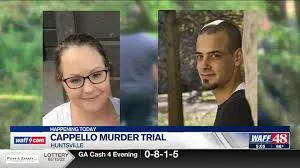When a private investigator who spent years tracking down the truth becomes the victim, the irony cuts deep. American Monster’s latest episode “Drip, Drip!” revisits the 2018 murder of James “Jim” Cappello in Huntsville, Alabama—a case where home videos concealed a deadly plot, and the person closest to him became his killer.
Table of Contents
The Private Investigator: Case Summary at a Glance
| Victim | Perpetrator | Key Details |
|---|---|---|
| James “Jim” Cappello | Marjorie “Nikki” Cappello (wife) | Private investigator, born 1981 |
| Murder Date | September 2018 | Body found on tarp in garage |
| Weapon | Insulin poisoning (alleged) | No medical need for insulin in home |
| Discovery | September 2018 | Strong odor alerted police |
| Arrest | 2019 | Indicted on murder charge |
| Conviction | May 2022 | Guilty verdict by Madison County jury |
| Sentence | July 2022 | Life in prison |
The Perfect Family Façade
Jim Cappello appeared to have it all—a thriving career helping attorneys and clients as a licensed private investigator, a wife working as a nurse, and a young daughter. Home videos shown in the American Monster episode captured car projects in the driveway, family moments, and what seemed like ordinary suburban life.

But beneath that surface, stress festered. Financial pressures mounted, and Nikki reportedly struggled with pain medication issues and workplace problems. The marriage that looked functional on camera was unraveling behind closed doors.
When the Detective Became the Target
By 2018, Jim’s investigative instincts kicked in—but this time, directed at his own home. He began documenting concerns, gathering messages, tracking movements, and photographing suspicious items. According to AL.com, nobody in the household had a legitimate medical need for insulin, yet Jim suspected something sinister.
In the week before he vanished, Jim told family members he felt unwell and believed he was being drugged. His professional training couldn’t protect him from the danger living under his own roof.
The Grim Discovery
When Jim stopped appearing at work in September 2018, colleagues reported him missing. Police arrived at the Huntsville home and immediately detected a strong odor. After securing a warrant, officers found his body on a tarp in the garage.
The backyard told its own story—a freshly dug hole, a shovel, and women’s shoes nearby. Evidence suggested an incomplete burial attempt. Investigators also discovered syringes throughout the house, reinforcing their theory that insulin poisoning was the murder weapon.
Hospital records revealed missing insulin vials from the facility where Nikki worked, with no corresponding patient records explaining the disappearance.

The Prosecution’s Case
Without direct toxicology confirmation (insulin can become undetectable in decomposed tissue), prosecutors built their case on circumstantial evidence that proved compelling to jurors:
Witness testimony describing Nikki’s alleged statements about wanting freedom from her husband. One friend claimed Nikki admitted to using insulin and requested help moving the body.
Physical evidence including the backyard burial scene, syringes in the home, and missing insulin from her workplace with no medical justification.
Jim’s documentation of his suspicions before his death, showing he recognized danger but couldn’t escape it.
According to WAAY 31, these alleged confessions to friends became pivotal during the 2022 trial.
Justice Delayed But Delivered
After COVID-related court delays, Nikki Cappello faced trial in May 2022. The defense argued the lack of definitive toxicology results created reasonable doubt. But the jury, presented with witness accounts, physical evidence, and the damning backyard scene, returned a guilty verdict.
In July 2022, a judge sentenced her to life in prison—closing a case that transformed true crime coverage with its disturbing intimacy.
Watch “Drip, Drip!” on Max, Discovery+, or Philo as part of American Monster Season 13.
Frequently Asked Questions
Q: Why couldn’t investigators definitively prove insulin poisoning in Jim Cappello’s death?
A: Insulin breaks down quickly in the body and becomes virtually undetectable in tissue after decomposition, especially when a body isn’t discovered for several days. While the autopsy couldn’t confirm insulin presence, prosecutors successfully built a circumstantial case using missing hospital insulin, syringes in the home, witness statements about Nikki’s alleged confession, and Jim’s documented suspicions of being drugged.
Q: What evidence ultimately convinced the jury to convict Nikki Cappello?
A: The conviction rested on multiple factors: witness testimony about Nikki allegedly admitting to using insulin and asking for help moving the body, the backyard burial attempt with women’s shoes and a freshly dug hole, missing insulin from her workplace with no patient records, syringes throughout the home, and Jim’s own documentation warning family he believed he was being poisoned. The combination created a compelling circumstantial case despite the lack of direct toxicology evidence.








